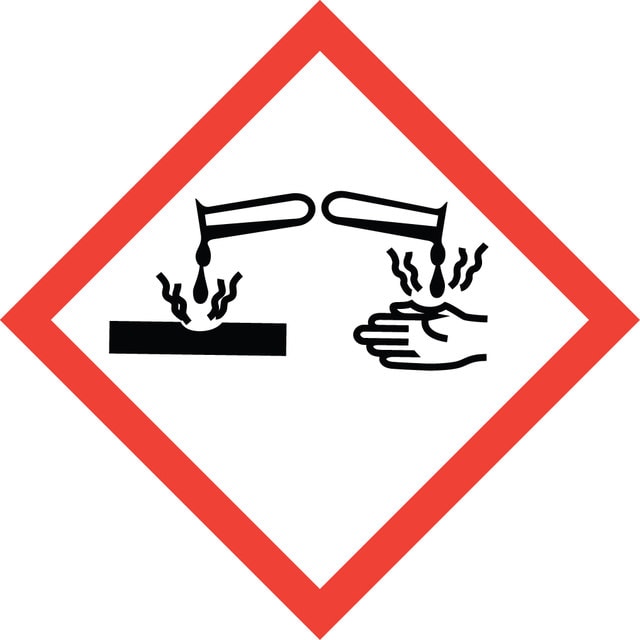Sign Into View Organizational & Contract Pricing
About This Item
UNSPSC Code:
12161503
eCl@ss:
32161000
NACRES:
NA.84
description
ED<sub>80</sub> = 0.3 ± 0.1 ng/mL <br />ED<sub>50</sub> = 1.1 ± 0.1 ng/mL <br />ED<sub>20</sub> = 4.1 ± 0.4 ng/mL
analytes available: C-Peptide
for protein analysis
0.1-5 ng/mL (standard curve range)
Quality Level
species reactivity
human
sensitivity measuring range
0.1 ng/mL
technique(s)
radioimmunoassay: suitable
UniProt accession no.
detection method
radioactive
General description
FUNCTION: SwissProt: P01308 # Insulin decreases blood glucose concentration. It increases cell permeability to monosaccharides, amino acids and fatty acids. It accelerates glycolysis, the pentose phosphate cycle, and glycogen synthesis in liver.
SIZE: 110 amino acids; 11981 Da
SUBUNIT: Heterodimer of a B chain and an A chain linked by two disulfide bonds.
SUBCELLULAR LOCATION: Secreted.
DISEASE:SwissProt: P01308 # Defects in INS are the cause of familial hyperproinsulinemia [MIM:176730].
SIMILARITY: SwissProt: P01308 ## Belongs to the insulin family.
SIZE: 110 amino acids; 11981 Da
SUBUNIT: Heterodimer of a B chain and an A chain linked by two disulfide bonds.
SUBCELLULAR LOCATION: Secreted.
DISEASE:SwissProt: P01308 # Defects in INS are the cause of familial hyperproinsulinemia [MIM:176730].
SIMILARITY: SwissProt: P01308 ## Belongs to the insulin family.
Application
Overnight, equilibrium incubation at 4°C. Sample volume < 100 uL serum, plasma, or tissue culture media.
Disclaimer
Unless otherwise stated in our catalog or other company documentation accompanying the product(s), our products are intended for research use only and are not to be used for any other purpose, which includes but is not limited to, unauthorized commercial uses, in vitro diagnostic uses, ex vivo or in vivo therapeutic uses or any type of consumption or application to humans or animals.
Signal Word
Danger
Precautionary Statements
Storage Class Code
7 - Radioactive Substances
Certificates of Analysis (COA)
Search for Certificates of Analysis (COA) by entering the products Lot/Batch Number. Lot and Batch Numbers can be found on a product’s label following the words ‘Lot’ or ‘Batch’.
Already Own This Product?
Find documentation for the products that you have recently purchased in the Document Library.
Our team of scientists has experience in all areas of research including Life Science, Material Science, Chemical Synthesis, Chromatography, Analytical and many others.
Contact Technical Service
